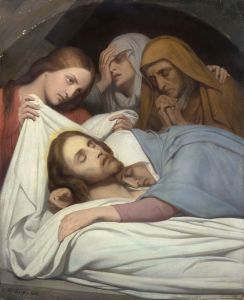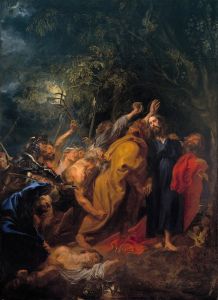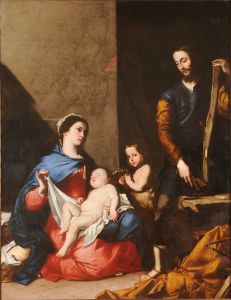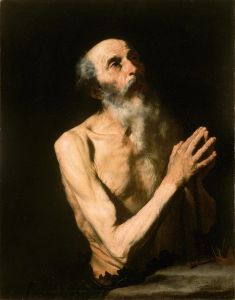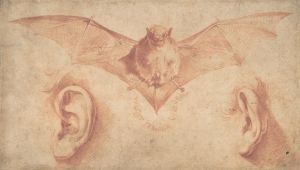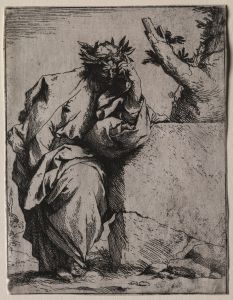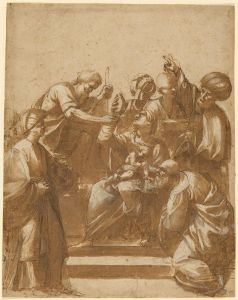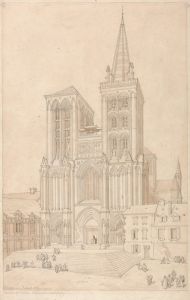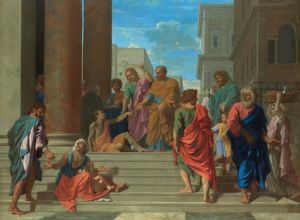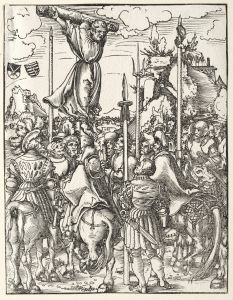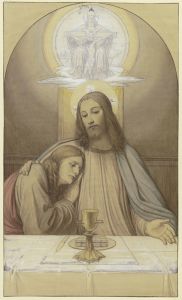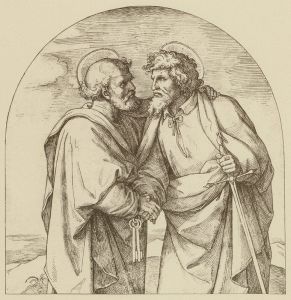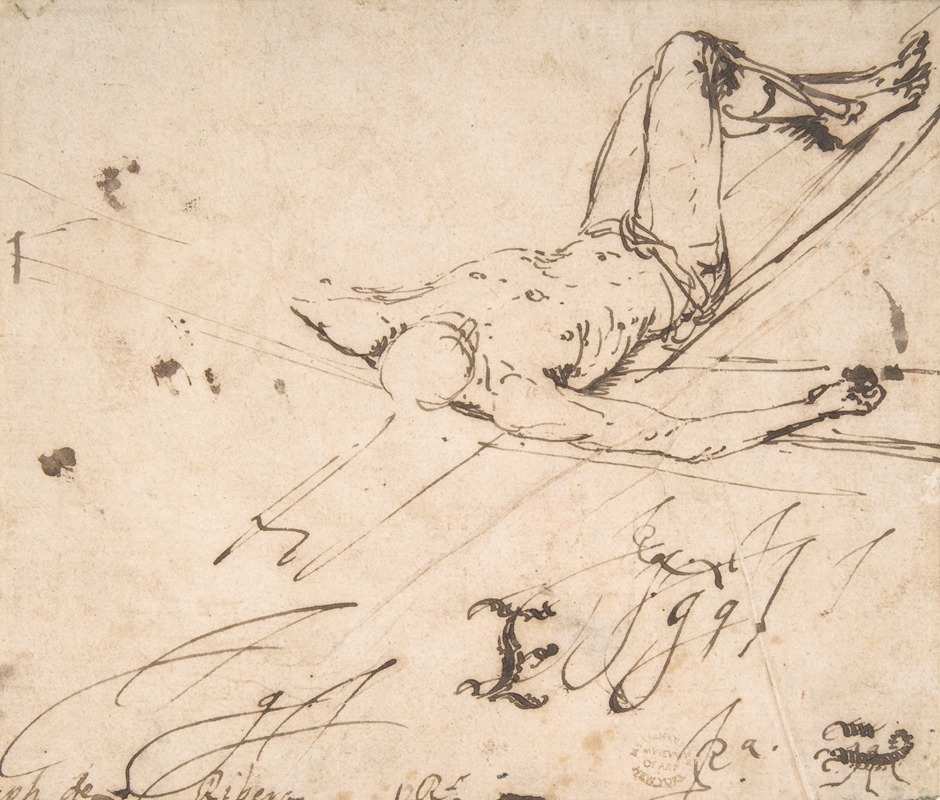
Study for a Crucifixion of St. Peter
A hand-painted replica of Jusepe de Ribera’s masterpiece Study for a Crucifixion of St. Peter, meticulously crafted by professional artists to capture the true essence of the original. Each piece is created with museum-quality canvas and rare mineral pigments, carefully painted by experienced artists with delicate brushstrokes and rich, layered colors to perfectly recreate the texture of the original artwork. Unlike machine-printed reproductions, this hand-painted version brings the painting to life, infused with the artist’s emotions and skill in every stroke. Whether for personal collection or home decoration, it instantly elevates the artistic atmosphere of any space.
Jusepe de Ribera, a prominent Spanish painter of the Baroque period, is renowned for his dramatic and realistic depictions of religious and mythological subjects. One of his notable works is "Study for a Crucifixion of St. Peter," which exemplifies his mastery in capturing intense emotion and physicality. Ribera, who spent most of his career in Naples, was heavily influenced by Caravaggio's use of chiaroscuro, a technique that emphasizes the contrast between light and dark to achieve a sense of volume and three-dimensionality.
"Study for a Crucifixion of St. Peter" is a preparatory work that showcases Ribera's process in developing his compositions. The study likely served as a preliminary exploration of form, composition, and emotion before executing a larger, more detailed painting. Ribera's studies are valued for their insight into his artistic process and his ability to convey the human condition through expressive gestures and facial expressions.
The subject of the crucifixion of St. Peter is a poignant one in Christian art. According to tradition, St. Peter was martyred in Rome under Emperor Nero's reign. He requested to be crucified upside down, as he felt unworthy to die in the same manner as Jesus Christ. This narrative provides a rich source of emotional and physical tension, which Ribera adeptly captures in his study.
In Ribera's depiction, the focus is on the physical strain and spiritual resolve of St. Peter. The study likely highlights the muscular tension and the dramatic interplay of light and shadow, which are characteristic of Ribera's style. His ability to render the human body with anatomical precision and emotional depth is evident in the way he portrays the saint's suffering and humility.
Ribera's work is often associated with the tenebrist style, characterized by stark contrasts and a somber palette, which enhances the dramatic effect of his compositions. This approach is evident in "Study for a Crucifixion of St. Peter," where the use of chiaroscuro not only defines the physical form but also underscores the spiritual gravity of the scene.
The study reflects Ribera's interest in the human psyche and the exploration of themes such as martyrdom, suffering, and redemption. His works often delve into the darker aspects of human experience, inviting viewers to contemplate the complexities of faith and sacrifice.
While specific details about the provenance and current location of "Study for a Crucifixion of St. Peter" might not be extensively documented, Ribera's studies are generally held in high regard and can be found in various collections, both public and private. They continue to be subjects of scholarly interest, offering insights into the techniques and thematic concerns of one of the Baroque period's most influential artists.
In summary, Jusepe de Ribera's "Study for a Crucifixion of St. Peter" is a testament to his skill in conveying intense emotion and physicality through the medium of painting. It reflects his deep engagement with religious themes and his ability to capture the human condition with both realism and empathy.





